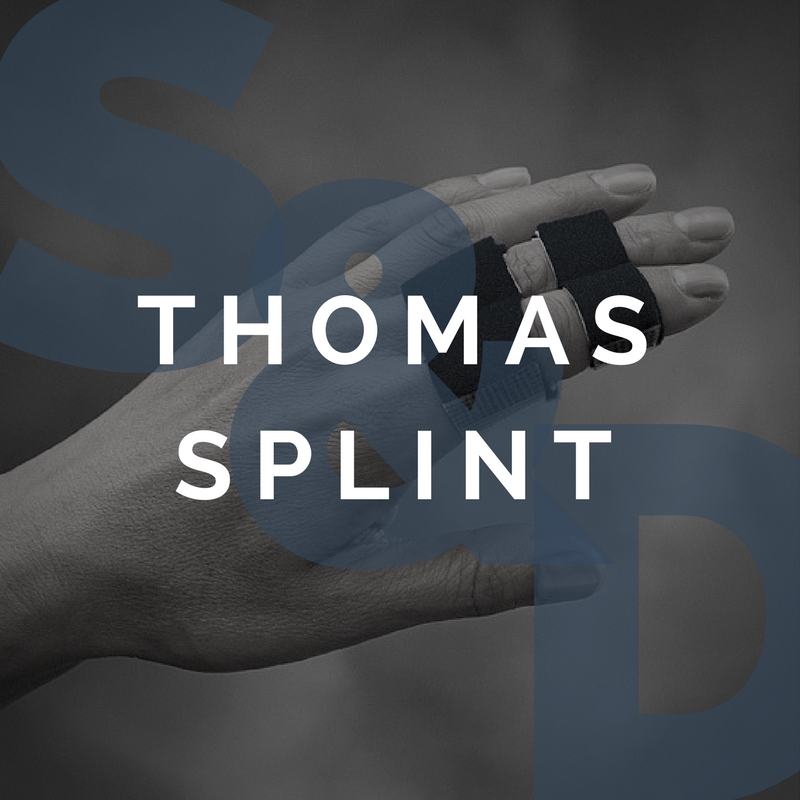Musculoskeletal
Aims For The Week
Describe the causes of acute back pain
List the back pain red flags
Explain the management of the most common traumatic limb and joint injuries
Explain the management of atraumatic limb pain including necrotising fasciitis
Implement the Ottowa foot, ankle and knee rules
Develop a systematic method of limb x-ray interpretation
Describe the management of soft tissue injuries
Describe the importance of antibiotic use in bite injuries
Discuss shoulder dislocations, complications and reduction methods
Wikipedia Creative Commons
Back Pain
Back pain is a common reason for attending the ED, but can you tell the difference between a radiculopathy and cauda equina, or bony metastases and mechanical back pain? This guide to red flags for back pain should help.
Soft Tissue Injuries
Ankle inversion injuries are very common, and not every ankle injury is a fracture.
An achilles’ tendon rupture can be just as painful and takes longer to heal, don’t miss it.
Another thing not to miss is ACL rupture in women. This guide will help you understand and diagnose it!
Hand injuries are common, but can be tricky, as the anatomy is complex but very important. Have a look at our guides to hand injuries and to swollen joints in general.
X-Rays
When you do decide to get an x- ray these videos and guides might help:
Elbow x- ray
Shoulder x-ray
Calcaneal x- ray– another one that’s easily missed
Know your fifth metatarsal fractures, these are important because a few millimeters makes all the difference to their management.
Beware The Child
Beware of groin strains in kids, and the limping child, as these could be something more serious.
Fractures
Doctors love to put their name to something, check out these eponyous fracture guides:
Smith's & Barton's Fractures
Colles Fracture
Monteggia and Galeazzi fractures
In our ED when you decide someone needs a back slab, they often disappear into the plaster room with one of our clinical support workers and reappear stars in their eyes style with their cast in place. Watch this video and learn the art.
Our clever Canadian colleagues, known for their Head and C spine rules have also come up with the Ottawa knee, ankle and foot rules, why not remind yourselves of them.
Joint Reductions
Here we have our skills and drills procedural guides to reduction of elbows and shoulders, and also a comprehensive guide to all types shoulder dislocation, and x ray findings including explanations of Bankhart and Hill Sachs lesions.
And while we're on the subject of shoulders, knowing a bit of anatomy of the rotator cuff and brachial plexus, can really help with diagnosis of shoulder injury and pain.
Do you know how to reduce the pain and bleeding associated with a shaft of femur fracture by application of a Thomas Splint? See our skills & drills procedural guide
MSK Emergencies
There are a couple of real emergency presentations we need to know about. Firstly how to recognise the difference between simple soft tissue infection and necrotising fasciits.
Also, we don't forget to consider compartment syndrome in anyone with severe pain after a fracture or soft tissue injury.
Don't miss flexor tenosynovitis, this video from EM in 5 will help you remember the signs.

























